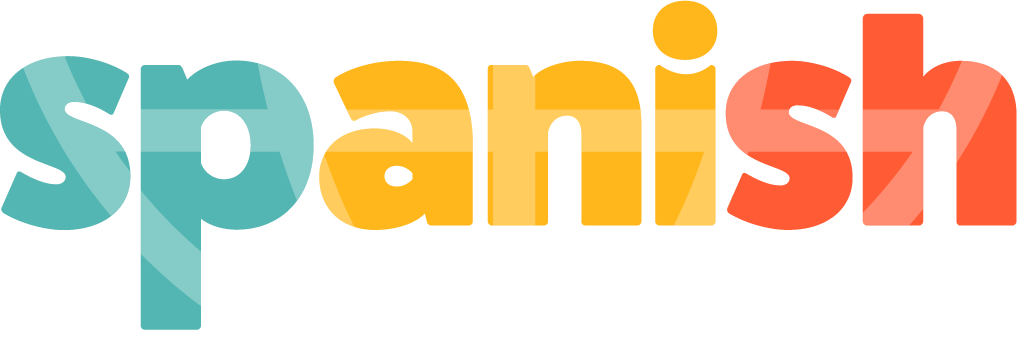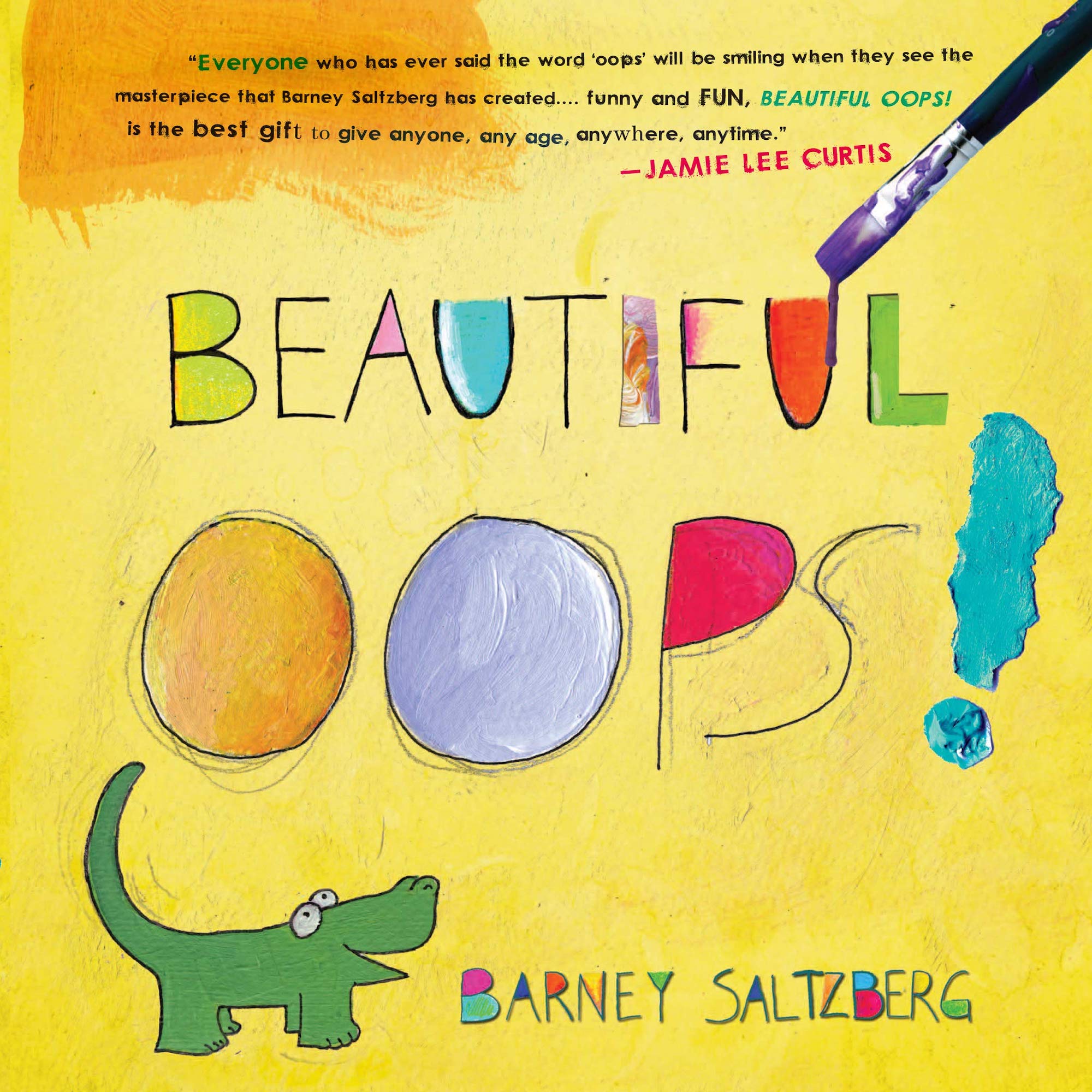Our ability to self-regulate our emotions in difficult situations greatly influences how effectively we can solve the problems we face. In fact, emotional regulation is frequently the determining factor in whether and to what extent the problem is solved. For example, when a problem occurs, most of us can quickly figure out the size of the problem and then regulate our emotional reaction to stay calm and deal with it. But that’s not always the case. New or even bigger problems are created when the size of our reaction is mismatched to the size of the actual problem. We also want students to learn that we all have feelings, and our feelings are okay. “Feelings” are what we feel regardless of whether we have language to describe them. On the other hand, “emotions” are words we use to label how we feel so we can create a better cognitive awareness and begin to learn the process of emotional self-control (www.socialthinking.com). Our Jaguares have learned that different situations from our daily lives can be categorized them by gravity:
- Small Problems: Can be solved by students themselves or just ignored
- Medium Problems: Need help from an adult to figure out what to do or how to understand their emotions
- Big Problems: Follow the instructions of an adult to keep safe
Here are some examples shared by our SWS students:
Helping our kids to understand the size of their problems is the first step in being able to manage emotions and begin problem solving. Problem solving is a challenge they will face throughout their childhood and long after becoming adults. If they understand that our challenges can be small, medium, or big, they will be able to face any misstep and move on, thinking of the best solution. Please keep helping your Jaguares identify the severity of their problems and work with them to choose an appropriate reaction. This video, The Size of the Problem, can help your Jaguares talk about self-regulation with you at home.
Another important element of self-regulation is coping skills. Coping is not something we are born knowing how to do! It’s something we learn how to do with practice. It’s never too early or too late to start developing healthy coping skills, and teaching your kids healthy coping strategies will help them become more resilient when handling life’s ups and downs. Coping skills are strategies we use to manage feelings and handle stress (www.strong4life.com). Just like we need to help kids learn to identify and express feelings, we need to teach them how to manage and cope with those feelings. Coping also refers to what a person does to avoid, remove, lessen, or “get through” a stressful situation. The coping process uses personal resources to manage routines, frustrations, and challenges, helping the person maintain or enhance feelings of well-being. Here is a helpful book to read with your Jaguares: I Can Handle It by Laurie Wright. In this story, Sebastian talks about different emotions he is experiencing. By telling himself “I can handle it,” he shows the reader different self-regulation strategies and coping skills to feel better.
Coping skills helps students build resilience. We know that resilience creates happier, less stressed children wherever they are, whether at home, school, extended care, school programs, extra-curriculars, family events, and more. Resilience refers to a person’s ability to cope with the ups and downs of life. For children it also means how they deal with the challenges they might face while growing up. This could mean dealing with events like a death in the family, moving to a new school, or starring in a school holiday program. Here is a video that explains a helpful activity for helping children learn about and apply resilience: We used an inflatable wobble punching bag and talked about how, no matter how hard things that have happened to us may feel (here we push the punching bag), we need to get back up.


